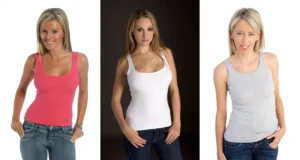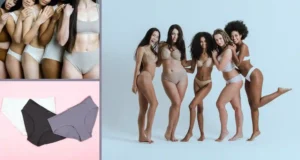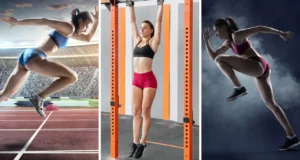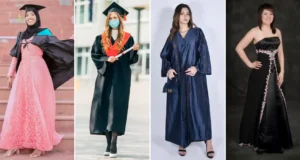Women’s clothing is designed from the ground up with comfort and ease in mind. Soft fabrics, stretchy materials, and cuts that move with the curves of a woman’s body are the norm. The makers of women’s clothing keep comfort foremost in the design.
Flexible textiles that adapt to a woman’s form instead of restricting natural motion. Loose fits that allow for growth over time while staying stylish. Function drives design over a strict professional aesthetic, prioritizing comfort. Feminine details like gathers, ruffles, and pockets contribute to an enveloping sensation of softness.
Taken together, these comfort-based design principles result in women’s clothing that feels made to soothingly cradle a woman’s body and put her at ease. Let’s tackle the reasons one by one.
Why are women’s clothes more comfortable?
Flexible fabric
Women’s clothes are often more comfortable mainly because they use softer and more flexible fabrics. Garments for women frequently feature materials like cotton, spandex, and rayon. These fabrics stretch and conform better to the curves and movements of the female body. The fabrics also breathe more easily.
The stretch and give in these materials make women’s clothes roomier and loose-fitting. This allows for greater freedom of movement and wear-over changes in body size.
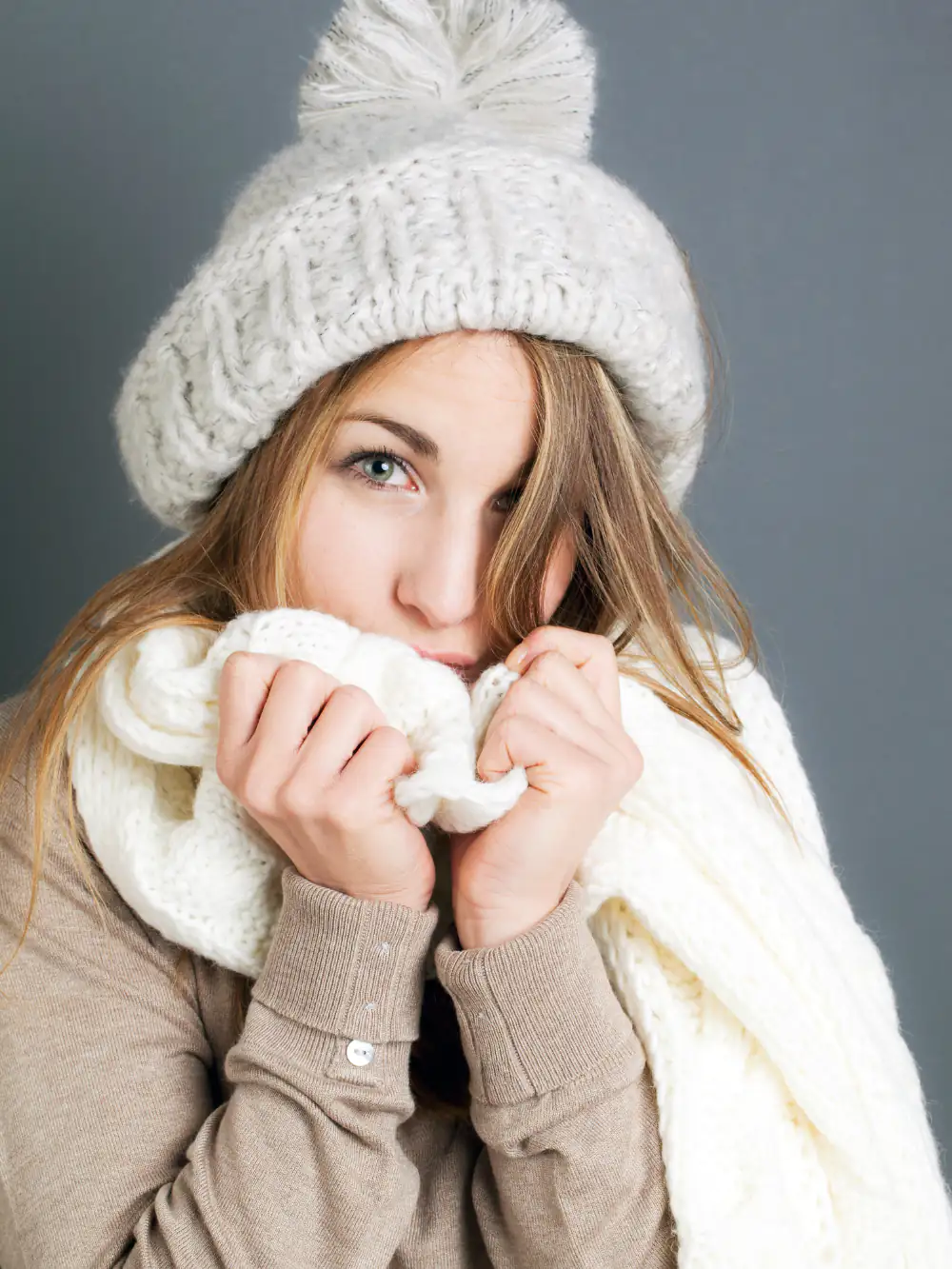
Less restrictive fit
Women’s clothes have more loose fits. Their tops and pants make room for your body. Flowy blouses don’t squeeze. Elastic in waists and ankles let clothes flex and give. Trousers have wider legs. Dresses wrap softly.
So women’s outfits don’t pinch or bind you as you bend and stretch all day. Things like loose cuffs and collars don’t rub. Clothes with big armholes don’t pull on shoulders.
All this gives your skin space and lets blood flow freely. So women’s clothes match the ways your body really moves. Their more relaxed shapes make wearing them all day long feel easy and comfortable.
More style variety
Women get a broad range of clothing styles meaning more choices for so luxury. There are leggings that feel like a second skin. Yoga pants that move with you. Sundresses drape over your body. Tops you can wear without a bra. Slippers you can wear all day.
All these options put the focus on ease. Women can pick clothes for relaxation. For lounging around home. For taking it easy. Meanwhile, men’s options often emphasize business, work, and Performance.
So while men get dress shirts and suits, women get cozy sweaters and pajama bottoms. Their wide variety lets women choose comfort. Choosing styles with loose cuts. With stretchy fabrics. With no constrictive waistbands.Giving women clothing made for comfort above all else.
Cultural factors
Women’s clothes are often more comfortable because fashion trends for women traditionally focus more on comfort and practical needs. Women’s clothing has long been designed to accommodate changes in the body and make tasks like childcare easier. This has meant more stretchy and loose fabrics in women’s garments.
Fashion for men, by contrast, has tended to emphasize professional looks that restrict comfort. However, this difference in fashion priorities between men and women gradually decreases.
Better sizing options
Women’s clothing comes in a greater number of sizes and variations. Women can choose from petite, tall, and plus sizing. Clothes for different body shapes. There are more choices for smaller or larger busts. For wider or narrower hips. So odds are higher that women find clothes cut to suit their exact figure. Fits neither too loose nor too tight. This better custom fit means clothes hug your bodies curves-but not in a constrictive way. They contour your shape while leaving enough room for comfort. So women more regularly find styles that fit just right. Garments are sitting where they should. Moving easily and clothes essentially disappear.
The differences between women’s clothes and men’s clothes
There are several differences between women’s clothes and men’s clothes. Men’s clothing tends to be made of thicker, warmer, and more durable fabrics, meaning they will last longer than women’s clothing.
Women’s clothing is often made more colorful, creative, and stylish than men’s clothing, which is more durable, practical, and simple than women’s clothing. Here is a table summarizing the differences between women’s and men’s clothes.
| Aspect | Women’s Clothes | Men’s Clothes |
|---|---|---|
| Fit | Closer, form-fitting silhouette | Boxer, looser fit |
| Fabric | Softer, more flexible fabrics (cotton, spandex, rayon) | Stiffer fabrics (wool, denim) |
| Details | More design details (ruffles, pleats, lace, pockets) | Simpler silhouettes and details |
| Function | Designed with functions like nursing and concealing underwear in mind | Focuses more on professional appearance |
| Trends | Rapid and prominent changes in fashion trends | Traditionally more conservative fashion |
| Pricing | Generally higher cost due to design elements, higher-quality fabrics, and faster pace of trends | Generally lower cost |
| Color | Wider spectrum of colors, including lighter, pastel shades | Focuses on basics like navy, grey, and olive green |
Examples of women’s clothing that prioritize comfort
Here are some most common examples of women’s clothing that prioritize comfort
- Yoga pants
- Made from stretchy, breathable fabrics like spandex and nylon, yoga pants hug the body without constriction. The waistband has some stretch, and the leggings are loose through the hips and thighs.
- Sweatshirts
- Oversized and roomy sweatshirts in soft fabrics like fleece and cotton knit provide a cocoon of coziness. The loose fit and long lengths enhance comfort.
- Loose tops
- Women’s T-shirts, blouses, and other tops have a more relaxed fit through the body with extra room in the shoulders, arms, and waist. The looser cut enhances ease of movement.
- Jerseys and leggings
- Workout clothing made from performance fabrics like jersey and four-way stretch fabrics prioritizes breathability, wicking, and an unrestricted fit for maximum comfort during exercise.
- Dresses with elastic waists
- Casual sundresses and tin dresses with wraparound styles or elastic waists allow for a comfortable, easy fit without constriction at the waist.
What are some comfortable materials for women’s clothing?
Natural fibers like cotton, linen, and modal are the most breathable and comfortable for warmer weather. Synthetic and blended fabrics offer stretch and shape retention, enhancing comfort, especially for activewear and loungewear. Combinations of different materials can provide ideal comfort for specific clothing items.
Here are the most comfortable materials for women’s clothing
- Cotton
- Cotton is a staple fabric for women’s comfort and is soft, breathable, and moisture-wicking. It stretches slightly, which helps conform to curves. It’s used for tops, dresses, pants, and undershirts.
- Spandex/elastane
- This synthetic fiber offers significant stretch and rebounds, which means it contours well to the body without losing shape. It’s often blended with cotton or polyester to make stretchy, comfortable clothes.
- Rayon
- Made from cellulose, rayon drapes well and has a soft, silky feel. It’s good for warm weather clothing like tops and dresses since it’s breathable.
- Linen
- This natural fabric is created from flax plant fibers. It’s lightweight, breathable, and super soft. The loose weave allows for plenty of airflow. It’s a popular choice for summer tops, dresses, and pants.
- Lycra/elastane blends
- Combining materials like cotton or polyester with a small amount of lycra or elastane adds just enough stretch for a comfortable, body-hugging fit. These blends are often used for leggings, yoga pants, and t-shirts.
- Modal
- This semi-synthetic fabric is made from beech tree pulp. It has a cotton-like feel but is stronger, more crease-resistant, and softer. It’s commonly used for underwear, loungewear, and nightgowns.
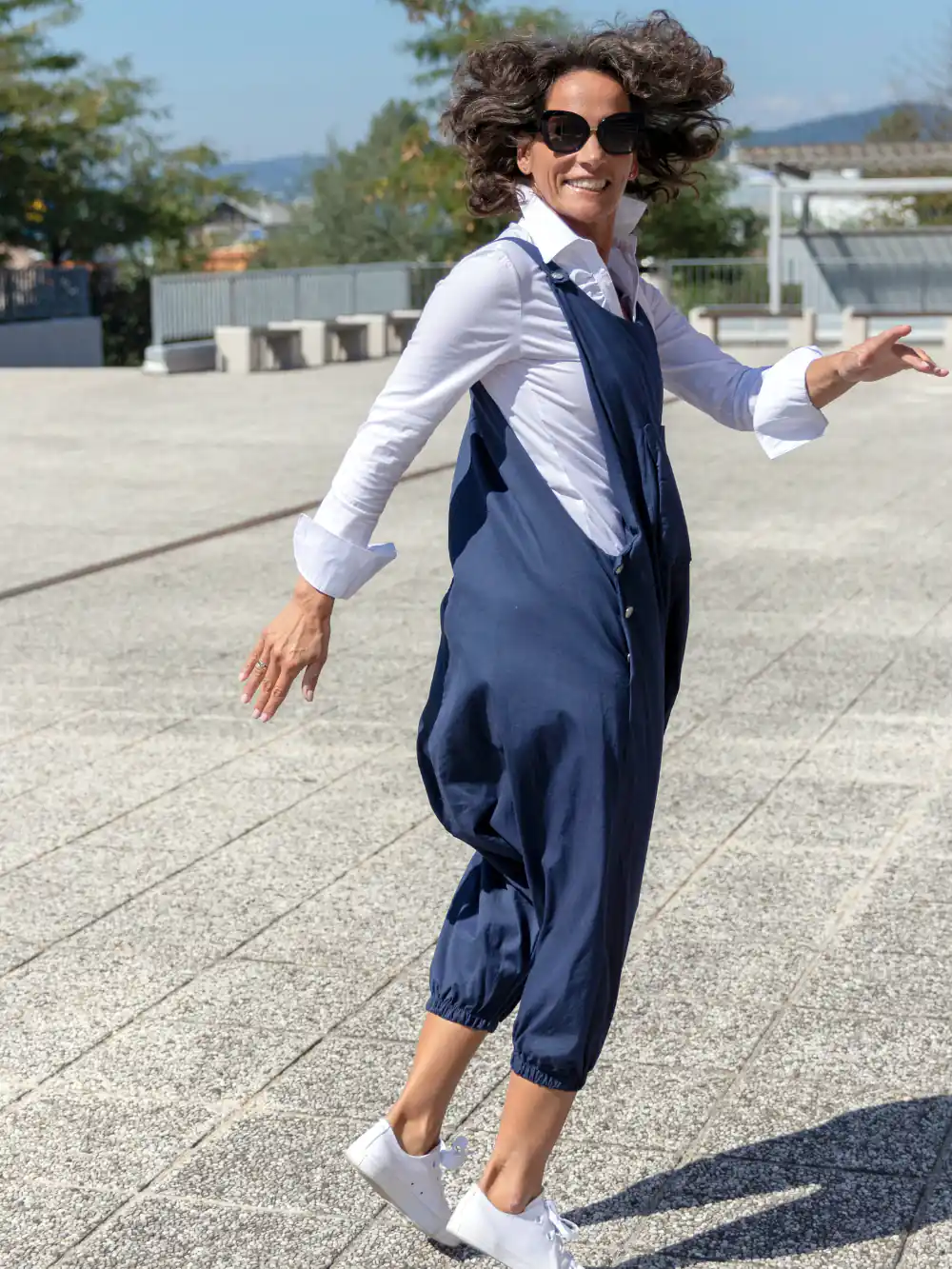
Why is some cotton softer than others?
The quality of the cotton fibers themselves impacts the inherent softness of the fabric. Higher quality fibers like Pima and Egyptian cotton have longer staple lengths, resulting in finer yarns and softer cloth. Short staple fibers produce rough patches that feel less soft. Extra-long staple cotton is thus naturally softer to the touch.
Thread Count and Weave Types Matter
Both thread count and the weave pattern influence softness. Higher thread count cotton has more threads per inch, resulting in thinner threads and a smoother feel. More intricate weaves like sateen and jacquard feel softer than basic plain weaves. The weave structure can either enhance or hamper the fibers’ natural softness.
Processes and Finishes Change Texture
The spinning, weaving, and finishing processes applied to the cotton fabric can all affect its softness. More tightly spun yarns produce a cloth with a softer handle. Chemical finishes and mechanical processes help break down stiffness and enhance the smooth texture. Synthetic blends also grant stretch and drape, contributing to a more velvety feel.
The combined effects of fiber quality, thread count, weave, spinning process, blends, and fabric finishing determine relative differences in softness between different types of cotton fabric.
Summary
Women’s clothing is designed to prioritize comfort, achieved through various design principles. Stretchy clothing that adapts to a woman’s body instead of restricting natural motion is key.
Loose fits that allow for growth over time while still being stylish provide greater freedom of movement. Women’s clothing also prioritizes function over a strict professional aesthetic.
Comfortable materials for women’s clothing include natural fibers like cotton, linen, and modal and synthetic and blended fabrics that offer stretch and shape retention, especially for activewear and loungewear.
The quality of cotton fibers, thread count, weave types, and finishing processes can all affect the softness of the fabric. Higher quality fibers such as Pima and Egyptian cotton produce finer yarns and softer cloth, and thread count and weave pattern also influence softness. Finishing processes like chemical treatments and mechanical processes can also enhance the smooth texture of the cotton fabric.
FAQ
Why is women’s clothing softer?
Women’s clothes are made of lighter and softer cotton, spandex, and other flexible fabrics to embrace feminine beauty. It also has more variety in styles and designs, allowing them to find a comfortable fit based on their body shape and preferences.
How do women’s shoes contribute to discomfort in their clothing?
Pointy toes can lead to foot problems like blisters and calluses, while tight-fitting shoes can cause pain. High heels are a common culprit for discomfort, leading to pain and difficulty walking. Additionally, some women’s shoes can cause an unnatural gait, making walking difficult.
How do fashion trends affect the comfort of women’s clothing?
Fashion trends can impact the comfort of women’s clothing, as some prioritize style over comfort, while others prioritize comfort over style. Clothing items that prioritize style may be less comfortable to wear, while those that prioritize comfort may be more comfortable. The trend towards comfortable clothing has led to the creation of clothing items that are both comfortable and stylish, such as athleisure wear and oversized clothing.
